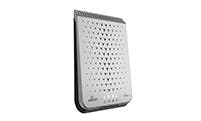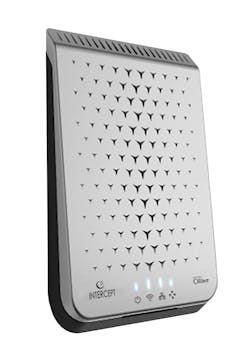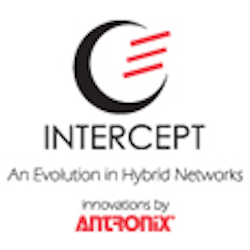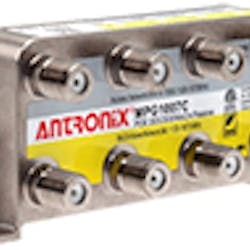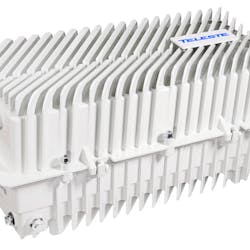These are extraordinary times in broadband cable. New technologies and new architectures are redefining HFC networks and the industry is more open than ever to new approaches to service delivery, and to the innovations that will provide efficiency, quality, and robust bottom lines.
Part of this exciting evolution is how much the introduction of distributed access architectures will allow virtualized networks to scale more efficiently. Optical Networks will take fiber deeper, improving uptime while reducing maintenance costs.
The two primary challenges cable operators face today are: 1. how to achieve the lowest cost per incremental Mbps per subscriber, and 2. how to maintain the lowest possible total cost-of-ownership. They are looking for profitable solutions to meeting increasing data demand, to improving management tools and increasing uptime, and to satisfying customer demand for improved service experience. Meanwhile, brownfield migration costs to achieve widely available and deliverable gigabit speeds are still more than customers think the service is worth and certainly more than they want to pay.
Despite the challenges, data usage growth has been remarkably consistent. It is estimated that by 2030 cable service providers will need to provide 1Gbps/HHP of dedicated throughput to meet demand, testing the limits of the latest approaches. The Nielsen curve, 50 percent YoY CAGR for data usage, has been consistent for many years, and is exceptionally straightforward - as compared to the rich variety of options that are being tested. As in other industries, broadband technology and broadband service providers are being pushed to do more for less.
Broadband manufacturer Antronix has always been committed to performing in this space – doing the most possible with less hardware, less maintenance, less money. The company’s mission for 30 years has been to provide the technology to help MSOs provide optimal service efficiently and consistently. In 2016, the company launched a new line aimed at helping their customers transition fiber into their HFC networks. Antronix’s Intercept eHFC will provide a pathway to scale existing architectures that will provide widely available Gigabit speeds and increase throughput for evolving subscriber demands - adding xPON capabilities and performance to DOCSIS HFC networks.
In July, Antronix entered into a joint venture with the Finnish company Teleste to further help the industry apply next generation solutions for increased gigabit delivery by assembling their best-of-breed technologies. Teleste is a field-proven provider of distributed architecture nodes and a market leading innovator in optical access solutions. Antronix is the leading technology provider of extended frequency multi-taps, eHFC FTTT optical taps, and home networking components.
The joint venture, Teleste Intercept, will add important innovations to an already impressive raft of advances in the industry. Teleste’s Intelligent Networks will provide operators visibility over their networks, while enabling control of optical node status in a Network Operating Center. In addition to providing a robust DAA node platform, operators can utilize Intelligent Networks to reduce truck rolls and improve service reliability and uptime, effectively reducing cost of ownership and churn.
Customers will be able to get their first glimpse of Teleste Intercept’s product solutions at SCTE CableTec 2017 in Denver, Colorado in October.
